The Article
A CASE FOR VINYL [PART 1]
29th June 2021
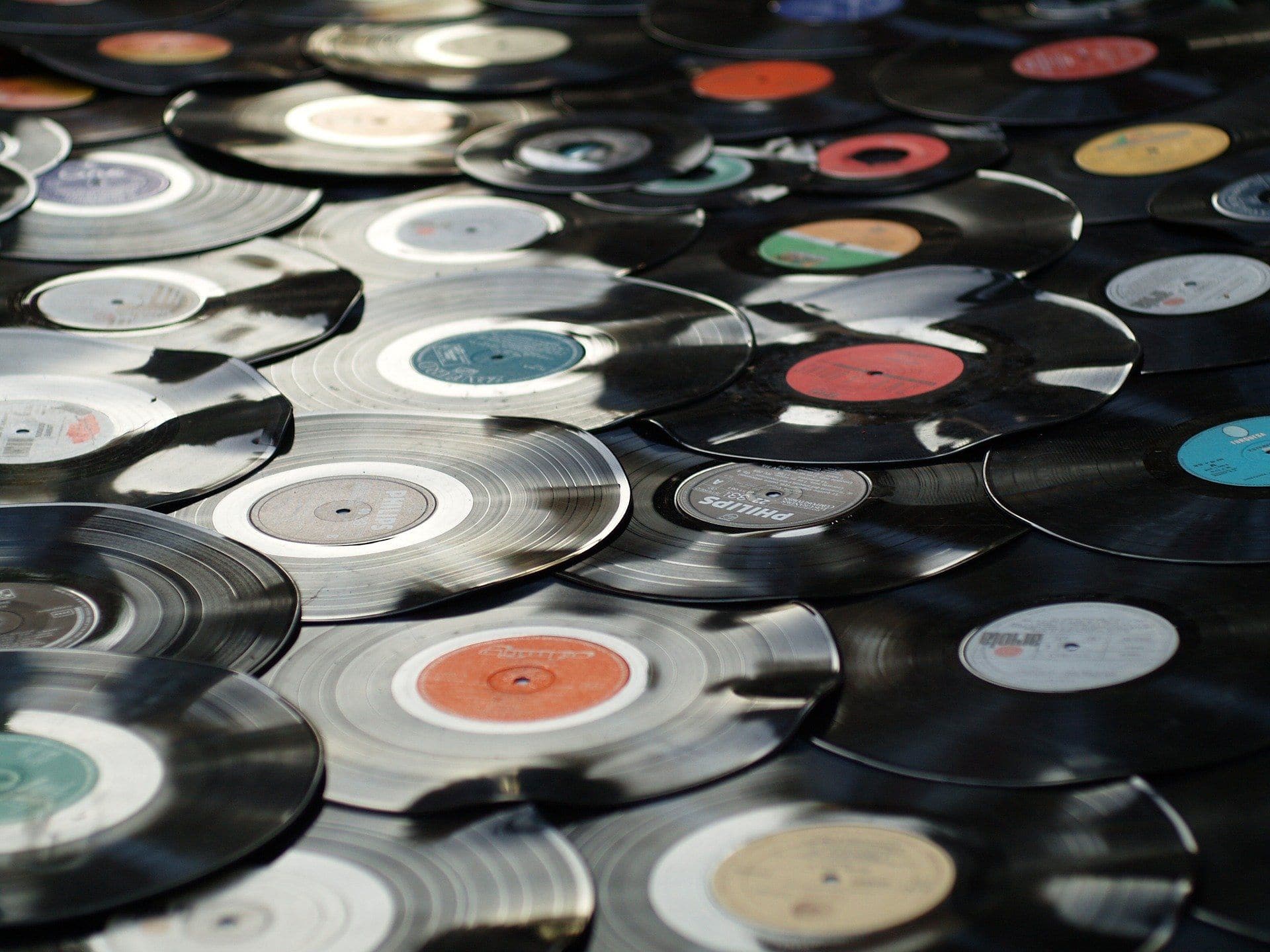
Some people believe it’s ‘old and in the way’ but vinyl continues to influence artists and music buyers across the globe. Paul Rigby begins the first in a three part series looking at vinyl’s unique take on the music industry, the retail industry and why it currently occupies an iconic place in the hearts of many music fans
Before I start, during this piece I will mention CD and digital as separate entities. I realise that CD is a digital carrier but it’s also a physical format and I want to differentiate the two in this extended piece.
Now this is a feature under the Musical Ramblings banner so let me ramble up to the point on this one, slowly. There’s a way to go. It’s only Part 1. So put your slippers on. Grab a coffee or tea and take it easy for a moment here. There’s no rush. We’re amongst friends.
I have found myself developing a growing soft spot for CD. There. I said it. Not the best start to a Vinyl-centric article, I know but I’m circling in.
Maybe it’s because the format is now veering towards underdog status which brings out my paternal side. And it’s facing improved quality too, in both packaging and sound terms. Not a concept it has previously been familiar with.
I remember chatting with an Abbey Road mastering engineer a few years back and complementing him on the sound quality of one of the company’s then recent CD releases.
Like the modest trouper he is, he didn’t say, “Oh well yea, that’s down to the sort of talents and super powers you tend to only find in Abbey Road and within the cast of a new Marvel movie.”
Oh no. What he said was something like, “Eh, yea. That’s the new analogue-to-digital convertors we’ve just installed.”
Bless ‘im. My point here is that CD sound development is ongoing. Still. During its supposed death struggle.
But there’s more. I find that recently released CD players on the market – and there’s a few out there – are rather good. The growing preponderance of CD transports is also a massive and very welcome push towards sonic nirvana.
I do love my Audiolab 6000CDT, I have to say. I prefer the sound of it, hooked up to an external DAC to the noise a streamer makes at two, three, four times the price.
There’s also growing talk about manufacturing methods and how Philips got CD manufacturing right, back in the day.
Back then, they used to punch out the centre holes on CD discs, as opposed to physically cutting them out. This is because the punch action reportedly produced a more exacting circle. That lessened the influence of jitter which is, so I hear, almost baked on current discs because of these lesser ‘cutting’-based, manufacturing methods.
Wherefore art thou, Philips?
But maybe boutique pressing plants might yet step in, when CD becomes a niche market and (thank goodness) drops from its strained, profit-dependant, mass market position.
The growing move away from the jewel case and into the vinyl-like digipak sleeve plus similar packaging territory has also aided its aesthetic issues while its oft inclusion as a bundled format into vinyl packaging is also welcome. There’s life in the old format yet and I’m going to keep a close eye on it during the future. And it does have a future.
What I’m getting at here is that I think CD is learning. Learning from vinyl or rather from the valuable experience offered from the vinyl industry. Why reinvent the wheel? When CD first appeared, that seemed to be its aim. I felt, back then, the entire CD industry acted like bratty teenagers. You know the, “You? You fuddy duddies? Huh, I know best. I know what’s right and what’s wrong. Sure, I’ve been going for all of five minutes but don’t you tell me what to do.”
The feeling I often had of the CD industry, back when it first appeared and especially during its hey dey, was of the pig-headed, self-centred, know-it-all teenager talking to a wise and experienced older man and giving him nothing but disrespect.
That has changed. CD doesn’t do that anymore. Digital does that. Streaming in all its forms is the current shiny brat. It hangs around street corners with a big mouth while surreptitiously applying a blob of Clearasil to its pimples when it thinks no-one is looking.
In terms of promotion and marketing and even packaging, CD has become less rigid, more open to ideas, more democratic in its approach and I like those changes. The result is that I’m warming to CD. Took a while, eh?
Even so, that’s not what I really want to talk about in this column although CDs are core to the following subject. CDs are great. I love ’em. But vinyl is better. No, really.
I remember writing a piece for a monthly called DJ Magazine. This is going back many years. At that time, around the year 2000 or so, apart from the odd, desultory 7” in places like Mojo magazine, I was the only UK journalist actually reviewing vinyl in national UK music mags (I kid you not. The only one. Really.) Especially vinyl albums. I was desperately trying to promote the format in the face of the download fad that was raging at the time.
I remember requesting one album from a national PR agency at that time because I wanted to write a review for one of the music magazines I was scribbling for at the time. You know what I did? I asked them if they could supply the review copy. They said “Yes.” I asked them if they had a vinyl version. They laughed. I’ll say that again. They laughed. This was the world in the year 2000.
But anyway. Back to this DJ Magazine feature. At that time I was listing why vinyl was (and is) such a unique format and why it demanded the reader’s attention. The list offered classic ‘pros’. Well, classic to me, I was repeating them in every music magazine I could lay my hands on with a sympathetic editor. The following – there’s many more to come over the next two articles – may make an interesting contrast(s) to both CD and digital.
They included:
1: SOUND QUALITY
I tended to inwardly sigh, a while back, when people agreed with me on this but then they added, “Yes, it’s sounds so warm. I love that.” I wanted to rage in response that yes, thank you for your support and encouragement but no, that’s not what I meant, the sound is so much more than this cliched ‘warm’ thing and…But kept my mouth shut while I was ahead.
And yes, pro-CD and pro-digital fans will be feeling terribly antsy right about now and I can just see them wagging their fingers but, as a lover of all musical formats (because I love music more than hi-fi – remember that) and having tried umpteen CD players and digital systems, CD is not quite there yet. Maybe when the corporate suits finally dump CD then the enthusiasts can turn CD into the format it deserves to be and should have been when it was released in 1982. As for digital? Digital is still in its nappies right now – vinyl has been around since what, 1948 is it? So, let’s be fair, vinyl should sound pretty good. It’s had long enough. Digital will surpass it in terms of sound quality in the future, I’m sure of that but not yet. In time, yes. But it’s got a way to go.
2: THE FACT THAT YOU OWN YOUR MUSIC
Back then it was downloads but it still holds true. Streaming services allow you to rent music. You never own it. There is always a risk that streaming music will be withdrawn if the host runs into bankruptcy or a label contract goes south. There’s no guarantee that your music will still be there tomorrow. Think Netflix. How often does its content disappear over night? Owning physical product does offer that guarantee.
3: FREEDOM OF CHOICE FROM INFLUENCERS OF MY CHOICE
This is a pet peeve of mine, I will be damned if some spotty erk in some Amazon/Tidal/Apple/etc cubicle dares to curate my musical tastes. “If you like this, then you may be interested in…” Vinyl never did that to me. Streaming tries to. But no, I can find my own music, thank you very much! I don’t want to be spoon-fed the music you want me to hear, Mr Streamer because it might be financially beneficial to you to do so. Oh no. I like my freedom to choose while following my own weird, cack-handed, chaotic path selection. Cultural growth via algorithm? Not me, chum. Humph.
4: THE LP PRODUCES BEAUTIFUL LIMITATIONS IN TERMS OF TIME
For any music creator, space restrictions on an LP are such that you have to self edit, prune, double check and make sure of your art, if you want to release it on vinyl. If your album rambles on and on, it won’t physically fit onto a vinyl disc. And if you really want a second disc, then you need to put your money where your mouth is to back up your case that a second disc is actually worth it. Really worth it. Because, if the public don’t agree, you’ll be financially burned.
CD was supposed to ‘cure’ this limitation by offering musicians a massive 70 or so minutes of easily accessible, relatively cheap running time. The results were often depressingly predictable: a string of some of the most bloated, conceited, narcissistic, self-satisfied rubbish I’ve ever heard. Seventy plus minutes that needed to be pruned down to thirty? Oh yes. Often.
5: THERE’S A SATISFACTION IN PHYSICAL PRODUCT AND A PLEASANT WEIGHT IN A VINYL ALBUM
You pay your money. You pick up this heavy thing. There’s large sleeves, there’s often large-format inserts and booklets and possibly multi-folding sleeves. You immediately think. This thing has value. I’ve never thought that about downloads, streaming or – too often – even CD (that is changing with the more recent preponderance of CD-only, luxury box sets but not within single CD productions).
But there’s more! And some less than well-trodden points, that have emerged since those early days. I’ll get to those, next time.
IMAGE CREDITS
Image by Pexels, Tibor Janosi Mozes, cottonbro, Mati Mango, Wendy Wei, Jayson Marquez, Bruno /Germany, Free-Photos from Pixabay


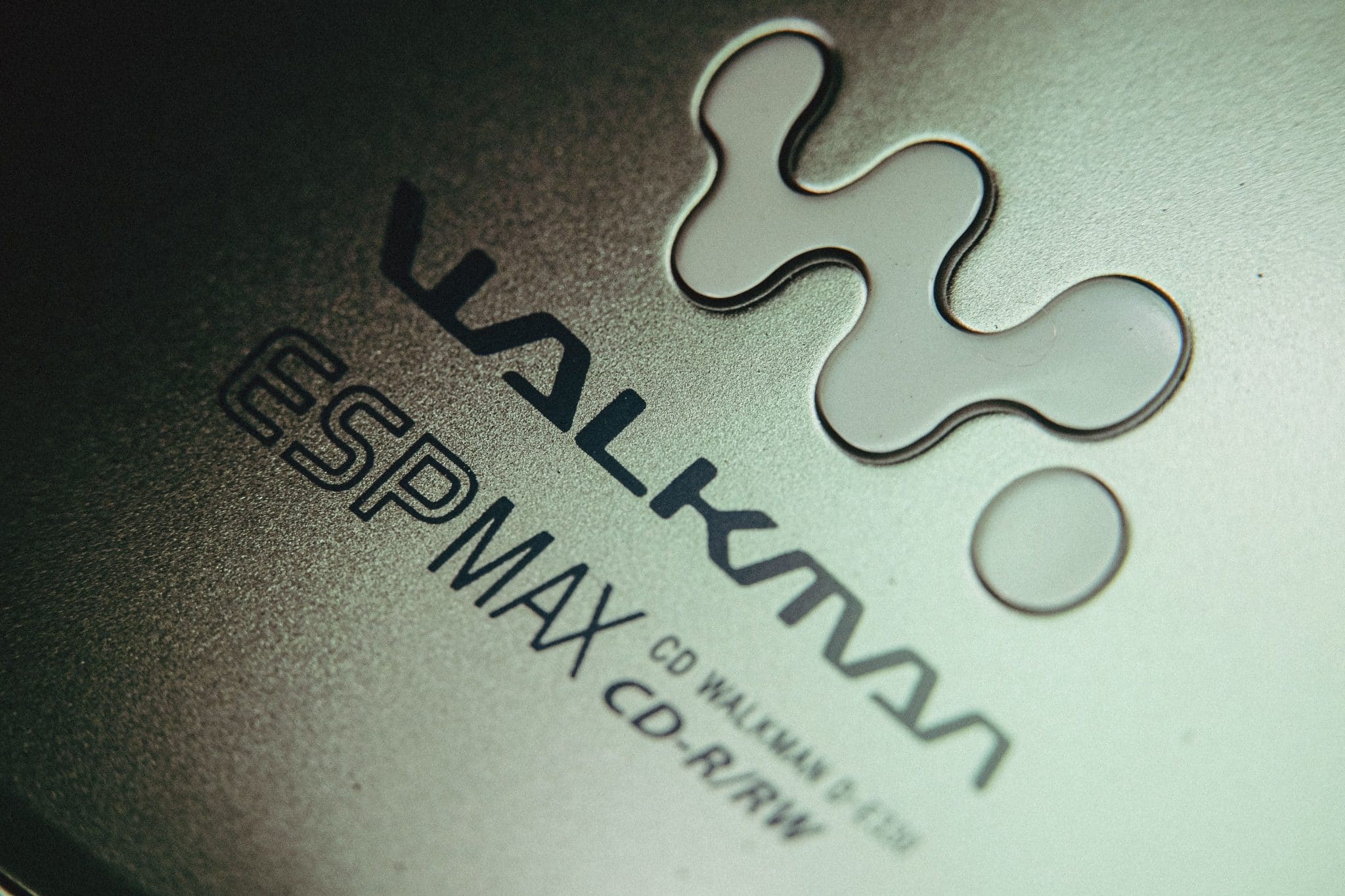
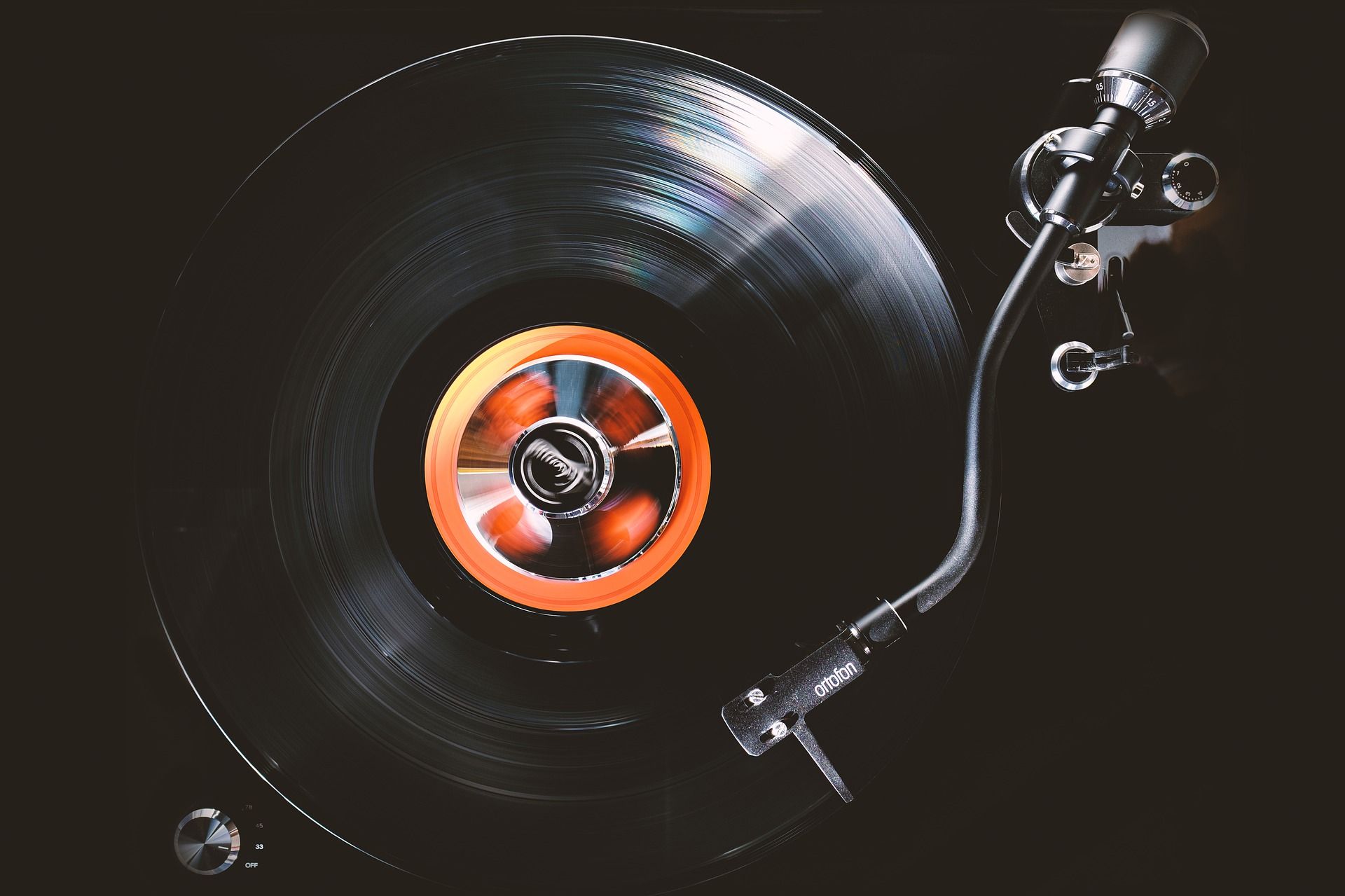
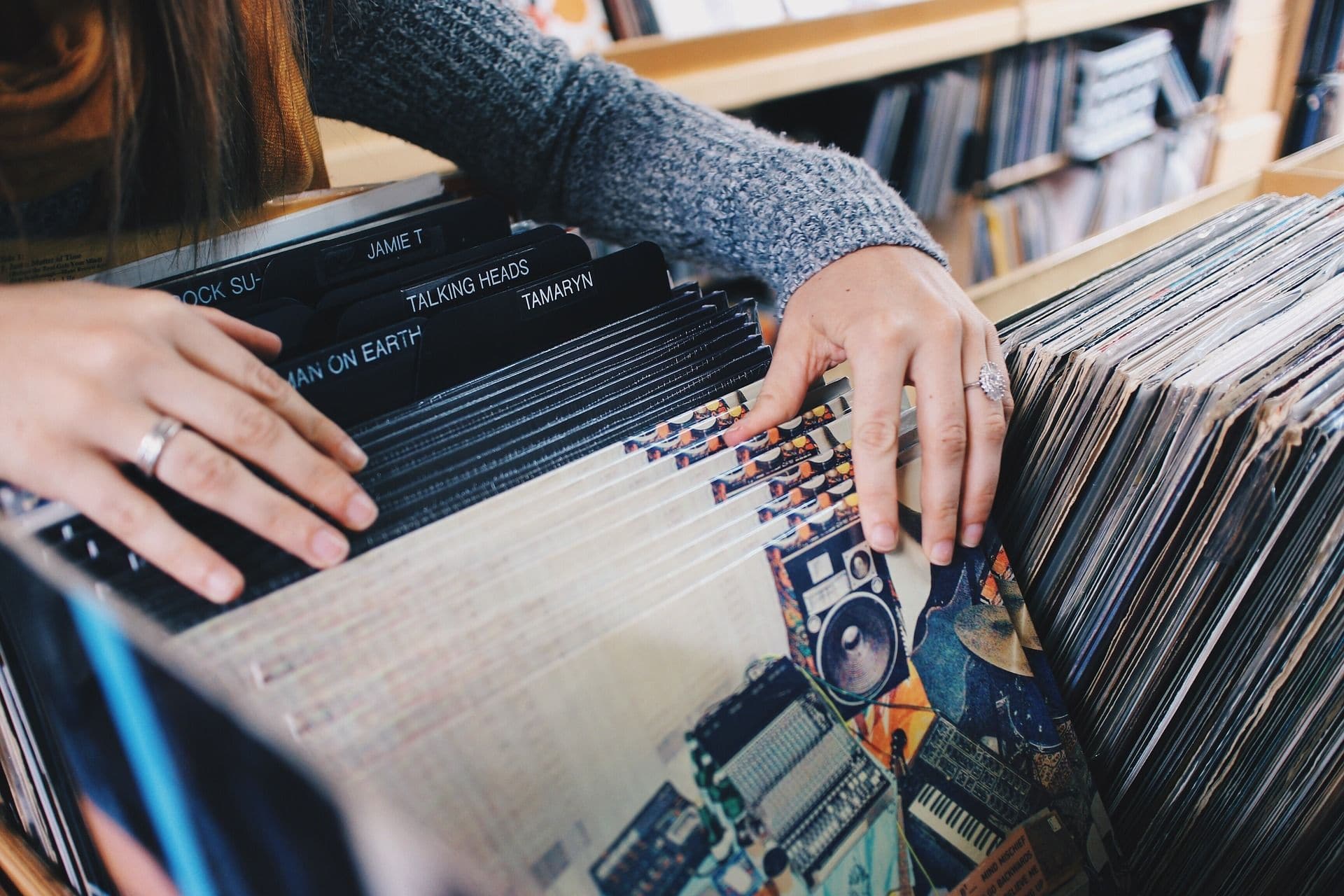
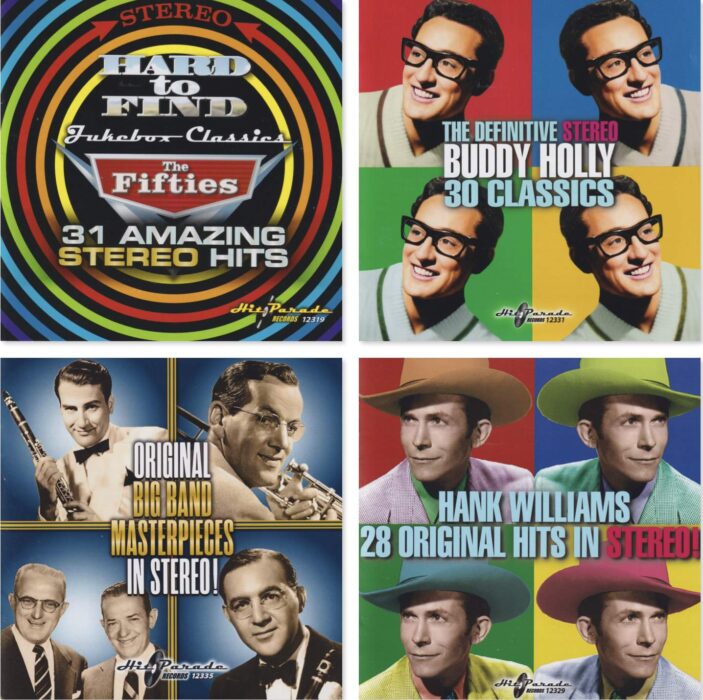
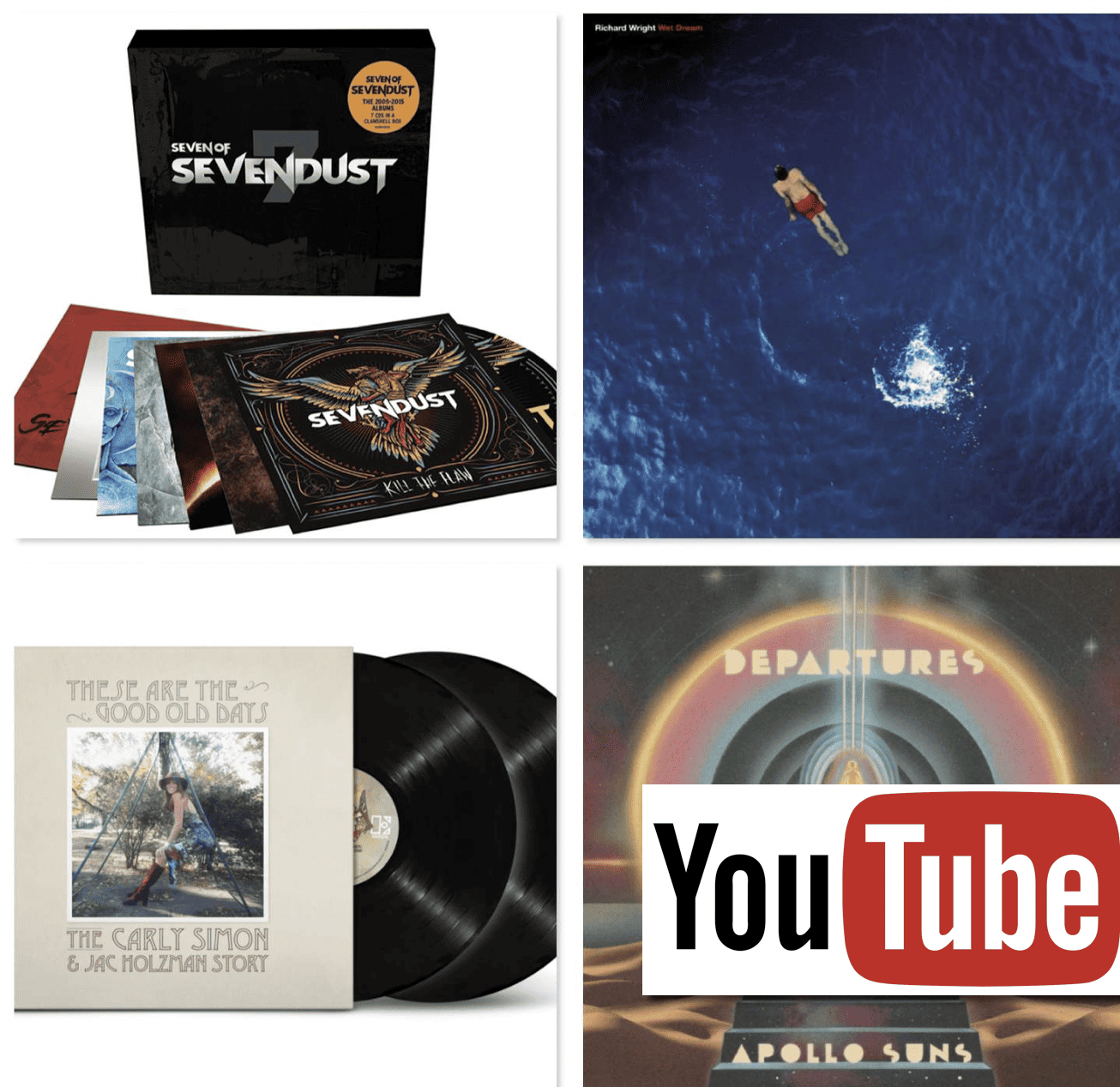
Couldn’t agree more, it’s not even a ” spotty erk” these days, it’s a spotty algorithm.
I must admit that with vinyl, cd or even radio, there is the satisfaction of knowing the artist is fairly remunerated
Thanks Ian 🙂 And yes, good point on the cash thing.
I remember the first really good sounding CD player I ever heard, it was in the late 90s. The Mark Levinson No 39s, it cost £5995 and I couldn’t afford it, however I was relieved that someone had finally managed to get a really great sound out of CD and my thoughts were that in a couple of years this kind of performance will be available for £2000 and I’ll be able to get into CDs and be able to play all the music that hadn’t been issued on vinyl in a satisfactory manner. It never happened good CD replay is still really expensive compared to vinyl.
In 2021 you can buy a Rega Planar 3 with a cracking arm and a good entry level MC cart plus a decent phono amp for around £1500. To get a comparable CD player one would be talking in excess of £2500. So the same choice is still with us, do we compromise in order to use CD or stick to vinyl?
Vinyl for me wins hands down, it isn’t even close. I’ve never heard anything digital that can compete with a high end turntable arm and cartridge.
Many thanks for your thoughts, Ian.
My thoughts are that digital (and especially digital reconstruction) is fundamentally broken. It’s too sensitive to sampling issues, to clock timing and to electrical noise and mechanical vibration. It is getting better as we try to engineer around the issues, but I think these things will continue to undermine it. What is needed is a complete reinvention… one that renders digital audio immune to any and all sound degrading issues. We better understand how human hearing works now too and we need a digital format that takes everything we know into account. Until that happens analogue sources such as vinyl will reign supreme because, for all their faults, they better capture all the crucial information needed by the brain and they do much less damage to the audio signal during replay than is being done in the digital domain.
Totally agree, Mark. Your points back up my ‘nappies’ comment re. digital’s current evolution. There really is nothing better than a mature technology, no matter what genre or variant you care to look at. There’s nothing like ironing out the kinks. Digital is packed with kinks at the moment 🙂 I do look forward to seeing where digital technologies move to and how they develop in the future. I have nothing against the format and wish it to succeed. What I do object to though is the current puppy-dog evangelism that over-promotes it. It’s 1982 all over again.
Very nice article, Paul. Looking forward to the next chapters. As you said, there is something to be said for holding a 12″ x 12″ piece of cardboard with cool pictures, artwork and lyrics on it. Not to mention, when one pulls out the disc from the sleeve, we all do so with tender care.
Thank you Mark and that’s very true. There’s an artisan element to vinyl. There’s not a great deal of inherent respect or care where digital music is concerned – possibly because we feel that it is encased in a tough, protective environment. There is a concomitant philosophical effect, though. One that reflects on the music itself. There’s a certain amount of detachment from the digital listener and the music source. With vinyl, you have a sense of actually ‘touching’ the music itself. So you tend, therefore, to handle it with more care and there’s a certain tension when lowering the stylus to the groove.
At the risk of drowning in the poetry of the whole thing, it’s like watching a field of grass blowing in the wind on a TV. And then actually being in the field itself and feeling the grass and wind against your skin. With vinyl I can almost see and feel the music itself. With digital the music is in this metal box, buried in there…somewhere, somehow. Possibly.
Hmmmm.
Given that almost all modern music is recorded digitally, I assume that the faults people see with digital basically some down to the playback equipment, or that they prefer that audible effects that mastering for vinyl creates.
Also, if championing vinyl, should one insist that the entire playback chain remains analogue? What happens in the case where the first thing the playback equipment does is convert the analogue signal to digital?
I say none of this to be obtuse – I am someone who is now seriously considering whether to get into vinyl. It seems great if you already have a catalogue of stuff to listen to, but in the early days your costs per LP, if you factor in the equipment as well, is really rather high.
Hi Gavin – re. “playback equipment” partly, yes but I wouldn’t rely on that. Most of the issues with digital – I see at any rate – are down to core recording equipment such as ADCs. I can track my increasing admiration of the CD format with the steady improvement in the quality of analogue-to-digital convertors. As per my Abbey Road point in the feature there. Recently released CDs are far superior, in sonic terms, to those issued in the 80, 90s and noughties.
CD in itself also suffers from inherent distortion – no, that’s wrong. More like quantisation noise. Now I’m certainly no expect in such matters but my understanding is that this noise limits dynamic range on CDs. Which is why 24bit sounds superior. So then, 24bit downloads/streaming are superior? Not yet, in my opinion because of other limiting factors – which is why I made the ‘nappies’ comment in the feature.
And there are good and bad vinyl recordings, good and bad mastering on vinyl and good and bad vinyl pressings. I have plenty of those in my collection. Some vinyl I have is next to unlistenable. So it ain’t perfect, by any means. And yes, I do know companies who follow the analogue signal from beginning to end. Speakers Corner being one of those. I also know others who are quite innovative in how they blend digital (*24bit* digital) and analogue technologies to find the best from both camps to produce a superior sound.
I’ve written extensive features including interviews on that kind of thing – give me a shout if you need links.
As I say, I believe that digital has a great future – it just ain’t there yet.
As for the entry point cost? Well that depends on you but, from my perspective, vinyl offers a better sonic band per buck right now when compared to digital and CD equipment of a comparative cost. Again, I’m sure that will change in the future but not for a while yet.
But only you can decide on this – I’m here merely to advise and I’m sure there are many digital fans out there who will disagree with me. It’s your ears that need pleasing 🙂
My personal perspective as someone who started off in 70s vinyl, gravitated to CD in the 80s (and still buys them), through to streaming in the last 5 years and who has hesitated about making the return to vinyl. I believe that I have a good, home system comprising of Rega, Cambridge and Bluesound components and I‚Äôve considered returning to vinyl many times because there is undoubtedly aesthetics in terms of artwork dimensions, textures and the overall experience. You make many points I agree with ‚Äì and some of your points apply to CD too ‚Äì so why have I resisted the lure of the vinyl return? Well, bloat comes in the vinyl revolutions too in terms of prices for new releases/pressings which I think are scandalous… for all the pleasing aspects of vinyl I don’t wish to leap onto this merry-go-round of over-inflated prices. A considerable number of deluxe reissues undoubtedly favour the CD format in terms of breadth of tracks and accompanying books (plenty of examples out there); the ability to skip a bad track on CD requires a button press; the cleanliness that LPs require is a bugbear of mine, all that grooming, wiping and spot picking and dusting, no thanks. I still read plenty of buyers lambasting a vinyl for ‘bad pressings’ or arriving warped in the post etc. So all in all my resistance remains even though I agree with many of your salient points. I do stream music from Tidal and I wish streaming services paid artists more fairly but I don’t profess to know much about the differences in terms of what the music artists make per type of media sale… maybe this is something you could look at as well in the future, Paul?
Thanks for your thoughts on this John – much appreciated. I’m sure there was a detailed news feature published recently on the, reportedly very poor, returns that musicians make from streaming services. I’m struggling to remember where it was posted. Can anyone out there help at all? So I wouldn’t want to repeat that hard work.
In the meantime, here’s one: https://www.theguardian.com/technology/askjack/2019/oct/31/best-streaming-service-mp3-pays-artists
And this: https://dittomusic.com/en/blog/how-much-do-music-streaming-services-pay-musicians/
This: https://www.forbes.com/sites/cathyolson/2021/03/03/are-music-streaming-companies-finally-ready-to-change-the-way-they-pay-artists/?sh=2e26daa772f6
And this: https://www.nme.com/news/music/new-figures-show-how-many-streams-artists-need-to-earn-minimum-wage-2649715
That last NME link has an easy-to-view chart too.
And now this today, Paul….
MPs call for complete reset of music streaming to ensure fair pay for artists https://www.bbc.co.uk/news/entertainment-arts-57838473
Paul:
To my ears, vinyl almost always sounds better.
What stops me from buying a turntable is the relative lack of records I would want to listen to.
For example, there appear to be roughly 4,000 jazz albums readily available for purchase online, and very little recorded after 1990.
Not so for digital media, the scope and availability of which seems vastly greater.
Is there something I’m missing — other than used record shops (I just don’t have the time or interest in scrounging)?
So you’re looking for modern jazz on vinyl? Yes, there’s plenty out there. You might want to search for favoured artists on Discogs – that’s a good central site to begin with: https://www.discogs.com/.
Let the debate rage on! I love the idea of vinyl. I have a decent system, I think (Rega Planar 3 with Musical Surroundings preamp). My frustration is no matter how much I tinker and how many upgrades I make, I can’t help but think my vinyl playback should sound better. So many variables involved. Some records sound sublime. Others meh. Is it the vinyl? The recording? My system? With digital playback, either with the Audiolab 6000CDT (thanks for the review, Paul!) or when I stream with the Mind2 streamer in my Moon Ace, the sound seems more consistently good. Less fuss too. At this point, I just can’t say I prefer one of the other.